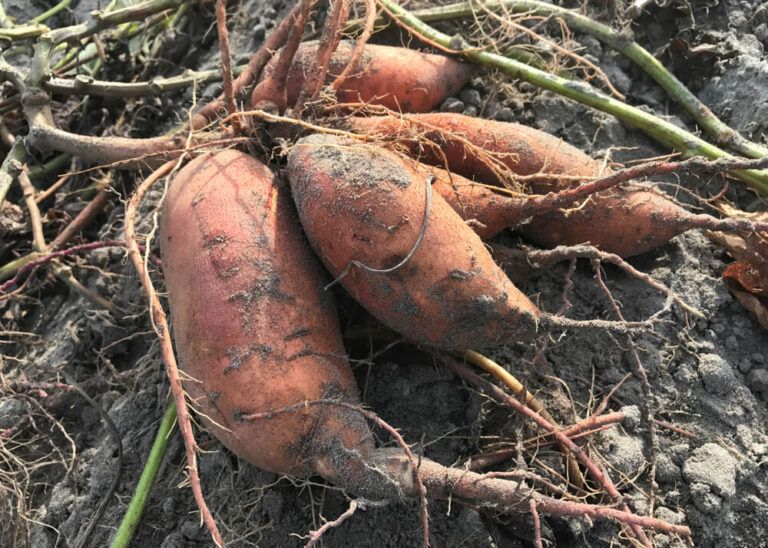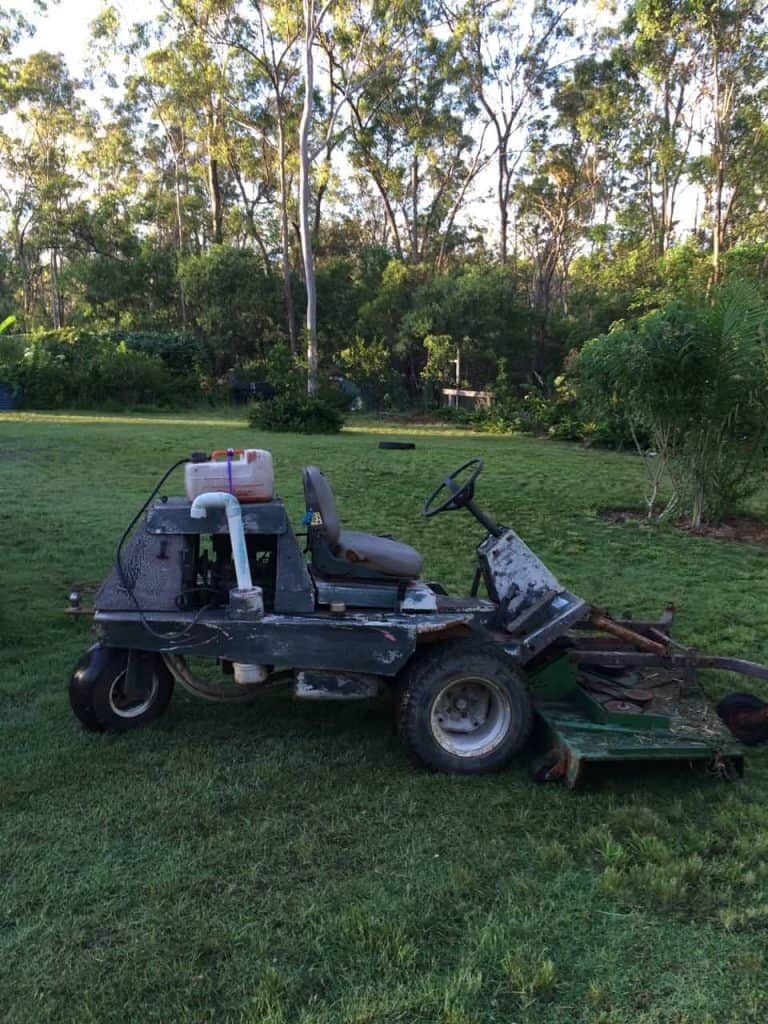Best Grass Seed for Clay Soil
Welcome! This article contains affiliate links, meaning I get a commission if you decide to make a purchase through my links, at no extra cost to you.
Growing grass can be a challenge in clay soil. It’s dense, heavy, and it’s too wet and too dry at the same time. Grass seed won’t germinate well, or if it does, it won’t thrive. That’s why I’m writing about the best grass seed for clay soil today.
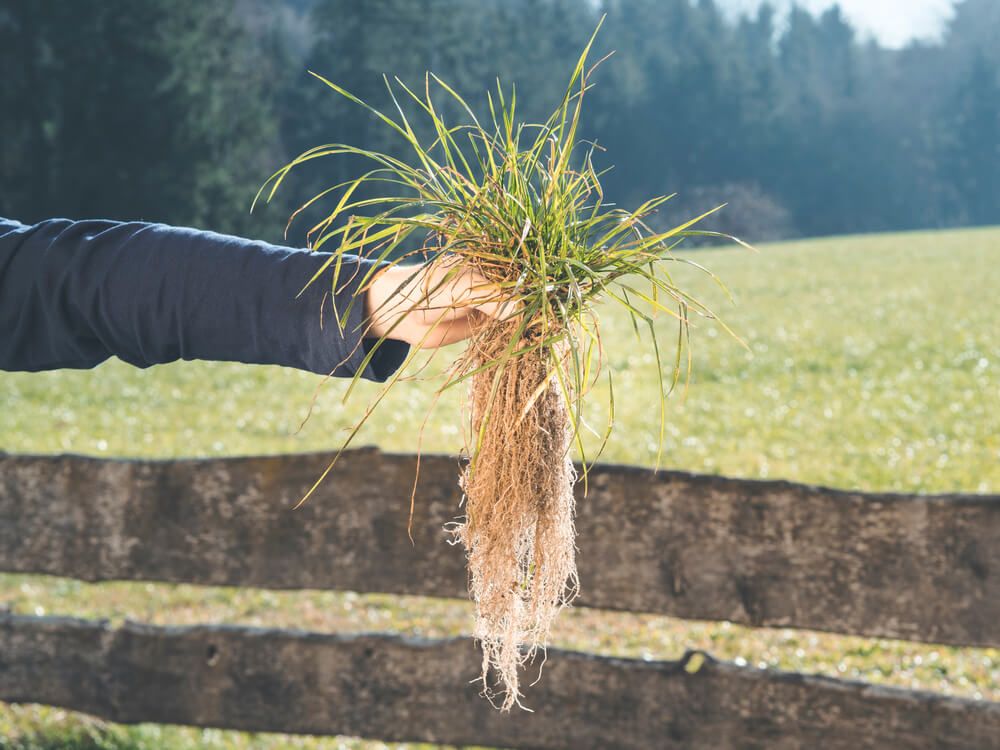
I’ll look at the best grass seed for warm areas (like Zoysia and buffalo) and for cool climates (like fescue and perennial ryegrass). It’s always best to improve your clay soil before planting, but choosing the right grass seed for your soil goes a long way to establishing a beautiful, lush, green lawn.
What Is Clay Soil?
First, let’s take a look at what, exactly, clay soil is.
- Clay soil is made up of lots of very fine mineral particles that are very close together. This means that it doesn’t have a lot of aeration or drainage.
- Additionally, it doesn’t have many organic particles, unlike loamy soil which is often teeming with organic matter.
- It is heavy and dense which makes it hard for plants’ root systems to penetrate and establish.
- It holds onto water instead of letting it drain off, resulting in soil and root suffocation.
Clay is soil that has lots of very fine mineral particles, but not very many organic particles such as humus that make up loamy soil. Due to the composition of clay soil, it tends to be a very heavy and dense soil that holds onto water instead of letting the water drain off.
It is also very compacted, making it hard for most plants’ root systems to establish themselves.
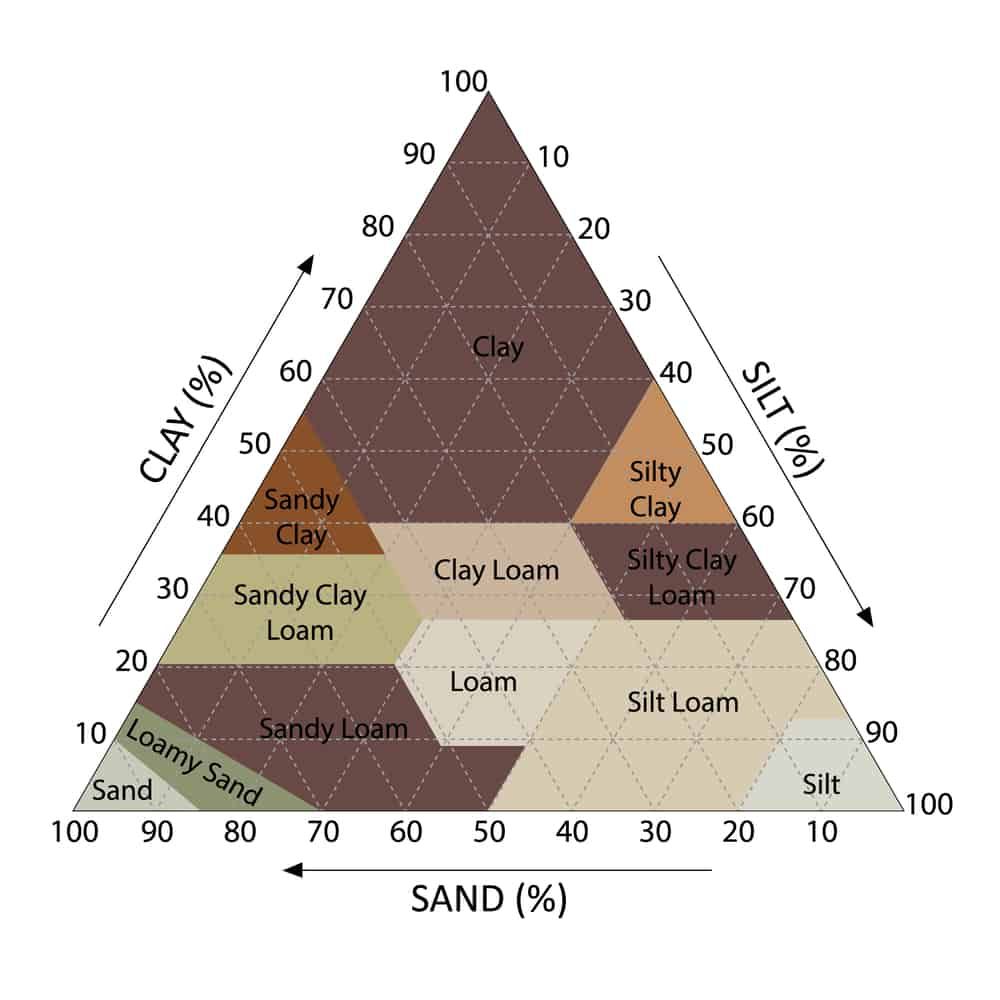
Know Which Plants Work for You
This is where knowing which plants or grasses have robust root systems comes in handy. The more you know what works for your area, the more you can choose wisely. And the more your garden thrives!
In addition to the type of soil, your environment will also affect which types of grass you choose to plant. Below, we will discuss the best grass seeds for clay soil in warm climates and the best varieties for cool climates.
We’ll also outline the best grass seed for shady lawns and for sunny positions.
Best Grass Seed for Clay Soil
Some of the best grass seed for clay soil is:
- Tall Fescue grass (cool climate)
- Perennial ryegrass (cool climate)
- Kentucky bluegrass (cool climate)
- Bermuda grass (warm climate)
- Zoysia grass (warm climate)
- Buffalo grass (warm climate)
Choosing the best grass seeds for your homestead will depend on if you live in a warm climate or a cool climate, so let’s get started looking at the different types of grasses in detail.
Best Grass Seed for Clay Soil In Warm Climates
|
4.5
|
5.0
|
5.0
|
|
$9.95
|
$52.99
|
N/A
|
If you live in a warmer climate, you’ll want to choose grasses that thrive in the heat. You won’t need to worry too much about colder weather.
Some of the best grass seed for clay soil in warm areas:
Let’s look at each of these grass types individually to see why they are so great for warm areas with clay soils.
Zoysia Grass for Clay Soil
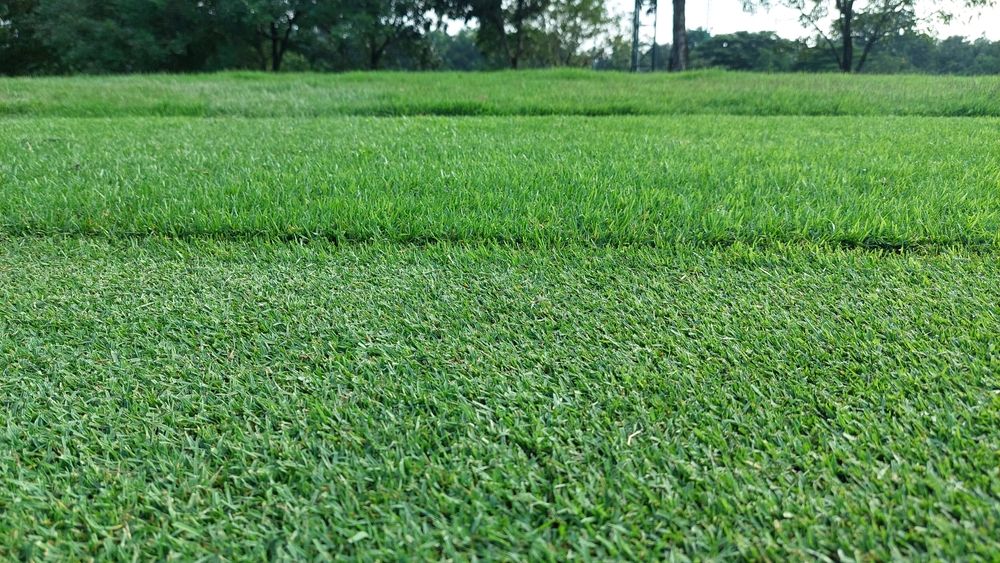
Zoysia is a grass that was originally native to Asia but made its way to the United States in the late 1800s. It is a perennial grass and loves hot weather.
The reason why this type of grass does so well in clay soil is that it has a very deep root system, and slowly spreads via stolons above ground and rhizomes below ground.
Zoysia holds water well and can survive OK through a drought, although it also does very well in wet weather areas.
- Perennial grass
- Loves hot weather
- Very deep root system and spreads above and below ground
- Holds water well, fairly drought tolerant
- Suitable for wet weather areas
Read more:
- Seed vs Sod vs Hydroseeding – what’s the best lawn for you?
- What is Sod? The quickest way to a gorgeous lawn
- What is Hydroseeding? Lush Lawns in 3 weeks
Buffalo Grass for Clay Soil

Buffalo grass is perfect for low-maintenance areas.
This grass is native to an area of North America from Montana to south Texas and requires minimal care and watering.
This type of grass has been used more in urban and suburban lawns, although it can also be useful on the homestead as fodder in a pasture area since it has very low maintenance requirements.
- Low maintenance
- Native to the USA
- Low water needs
Here’s where to buy buffalo grass (it comes in a native grass seed mix).
Bermuda Grass Seed for Clay Soil
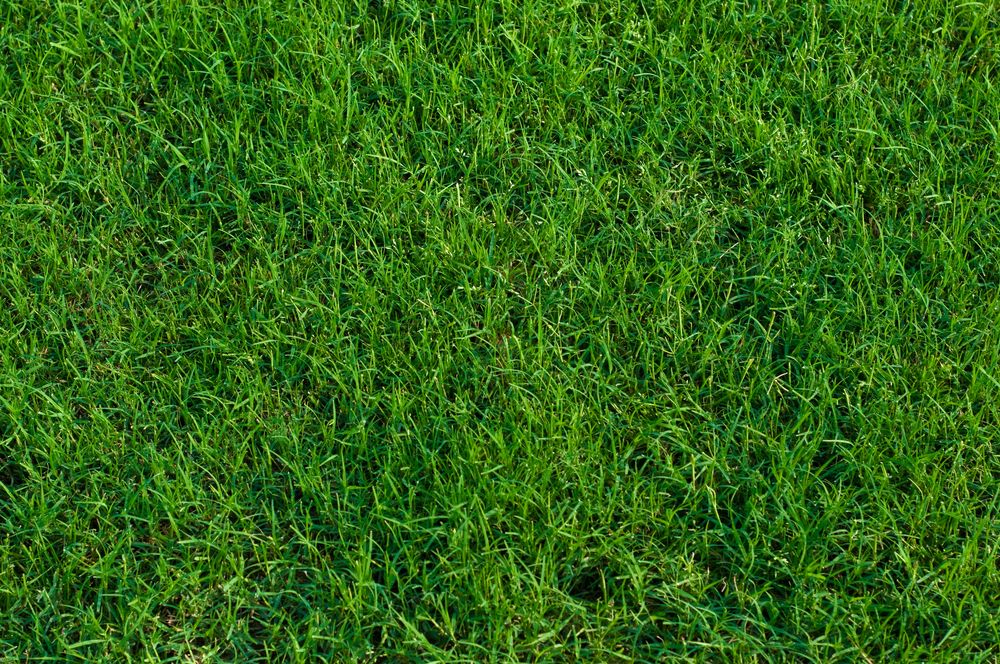
The last type of best seed for clay soil in warm weather areas we’ll look at is Bermuda grass.
Bermuda grass is well known as the type of grass used for places like sports fields, golf courses, parks, and of course, lawns in many urban and suburban areas.
This type of grass is great for use in high-traffic areas, and also can be used on the homestead in pasture areas.
It is a very vigorous grower and if left unchecked, can become invasive. It does well in very wet areas that also get lots of sunlight, so if you have a very shady area, bermudagrass may not be the best type of grass for that area.
- Vigorous grower
- High traffic areas
- Suitable for wet areas
- Loves full sun
- Not suitable for shady areas
Here’s where to buy bermuda grass.
Best Grass Seed for Clay Soil In Cool Climates
|
5.0
|
4.5
|
4.5
|
|
N/A
|
N/A
|
N/A
|
Now, let’s look at the best grass seed for clay soil in cool weather areas. These would be areas that generally do not get too hot during the summertime and have colder winters.
Some of the most popular grasses that grow well in cooler climates with clay soils:
- Tall fescue
- Kentucky bluegrass
- Perennial ryegrass
Tall Fescue Grass for Clay Soil
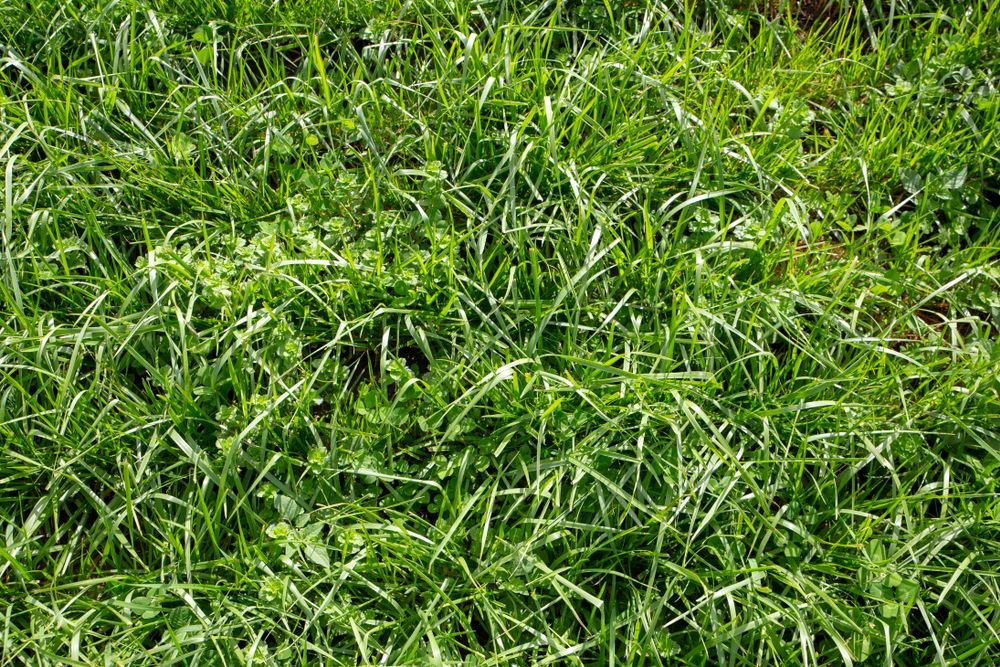
Let’s look first at the type of grass known as tall fescue.
Tall fescue grows well in clay soil because it has a very deep root system, and will stand up well in the sunlight. Since this is a cool-weather grass variety, it will need regular watering in warmer weather.
If your area is shadier, there are other types of fescue grasses that tolerate shade better, such as chewings, creeping red, and hard fescue grasses.
- Tall fescue grass has a very deep root system
- It tolerates sun well
- Requires regular watering in warm weather
- For shady areas, consider chewing fescue, creeping red fescue, or hard fescue grass seed
Here’s where to buy tall fescue grass seed.
Kentucky Bluegrass for Clay Soil
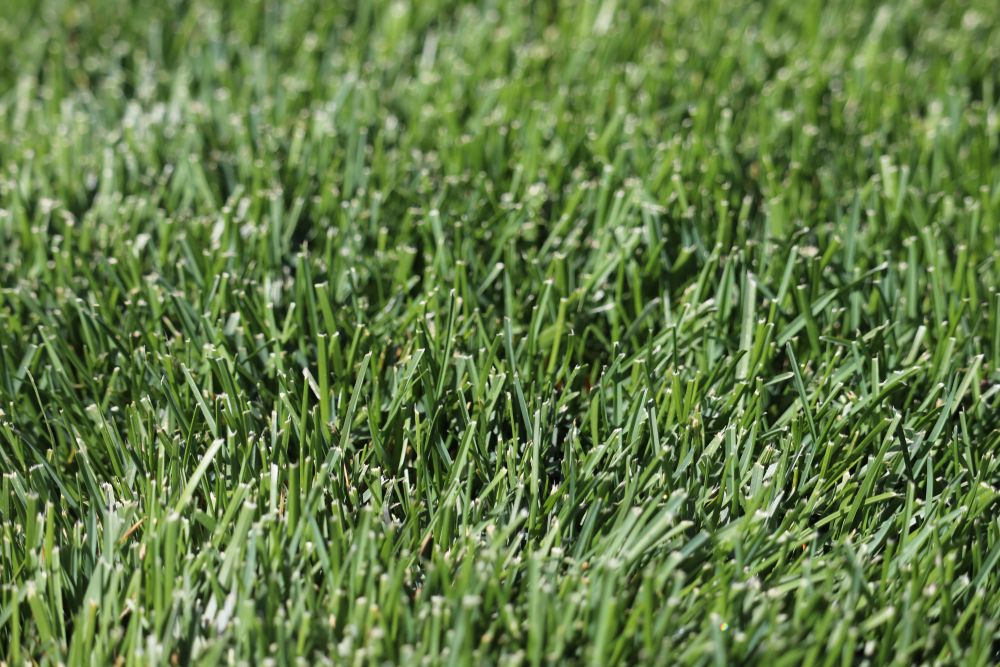
Another type of grass that will grow well in clay soils and a cooler environment is Kentucky bluegrass.
This grass is a good variety for high-traffic areas such as golf courses, sports fields, playgrounds, and camping grounds. It is also a good grass variety to grow in a pasture on a homestead, or as your urban or suburban front lawn.
Kentucky bluegrass prefers sunnier areas, so if the area you need to grass is shady, you might want to look for another variety of cool-weather grass for your clay soil.
- High traffic areas
- Good for pastures and lawns
- Loves sun
Here’s where to buy Kentucky bluegrass seed.
Perennial Ryegrass for Clay Soil
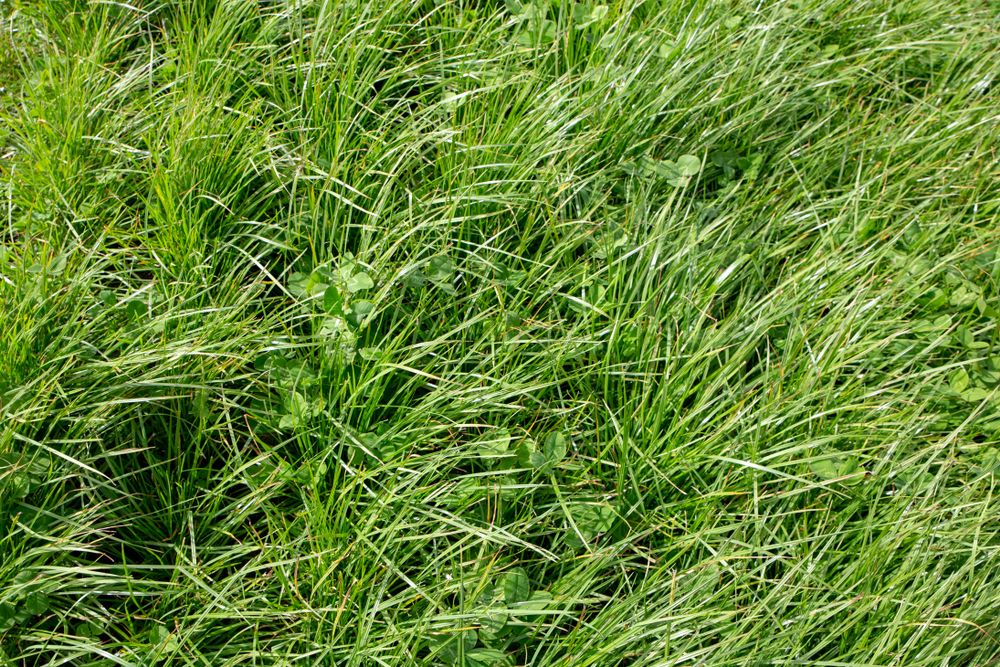
The last type of cool-weather grass we’ll look at is perennial ryegrass.
This grass is best known for how quickly it germinates compared to the other grasses. Perennial ryegrass is often included in mixed bags of grass seed because it provides shade for other cool-weather grasses while they germinate.
It does well in clay because of its robust roots and the fact that it is a very hardy type of grass that is low-maintenance.

The only downside to this grass type is that it doesn’t spread through rhizomes or stolons like the other types of grasses, and would need to be re-seeded in patchy or bare areas.
- Germinates very quickly
- Very hardy with a robust root system
- Very low maintenance
- Doesn’t spread via rhizomes or stolons. Patchy areas need to be re-seeded.
Here’s where to buy perennial ryegrass.
How to Improve Clay Soil
I hope this article has helped you narrow down the best grass seed for clay soil!
Clay soil can be a challenge to deal with. Because it tends to “choke” plants’ roots, it’s hard to grow things to their best potential.
Sure, there are plants that naturally grow OK in clay soil, but you’ll find most things grow better when you improve the soil.
Ideally, improve your clay soil before planting grass seed, or establishing a garden.
Check your pH.
- If your pH is good, around 6-6.5, use gypsum.
- If your soil is acidic (below 6), use lime to improve clay soil and raise your pH.
Gypsum is also known as a “clay breaker”. It improves clay soil like so:
Gypsum can help loosen clay soils and improve soil structure by transforming fine, tightly packed particles into larger clumps that make the soil more porous, allowing air, water and nutrients to penetrate the soil more easily.–USA Gypsum
Gypsum can take a while to work. If you’re looking at faster results, look into liquid gypsum.
Here’s what Soil Logic mentions about liquid gypsum:
Expect results to last up to two years, though a soil evaluation after a year is recommended. Even the worst clay or sodium-damaged soils see significant improvement after three monthly applications and can be re-mediated within a year.
In fact, I recommend looking at all Simple Lawn Solutions‘ products. They have an amazing range of wonderful stuff for your lawn, many of which would do wonders for clay soil.
Whether you’re looking to plant grass in your front yard or your homestead, there is an option for every need, from highly trafficked front lawns to lower trafficked back pastures, and everything in between.
Knowing your environment and whether you are in a warm-weather area or a cooler area can also help narrow down your choices to what you decide is your best grass seed for clay soil.
References
Keep reading!


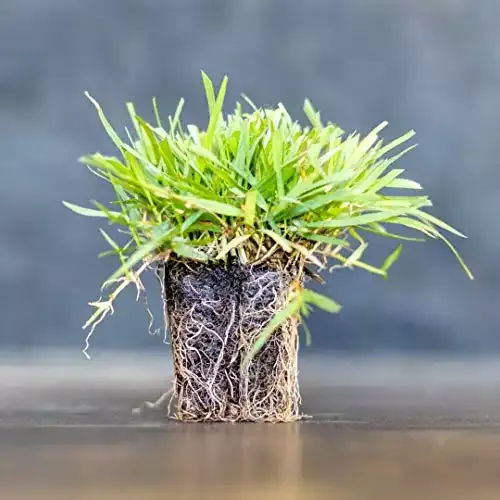
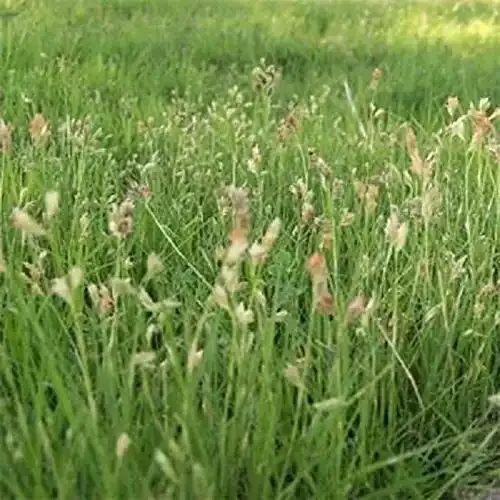
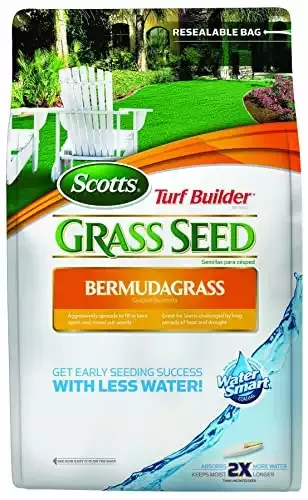
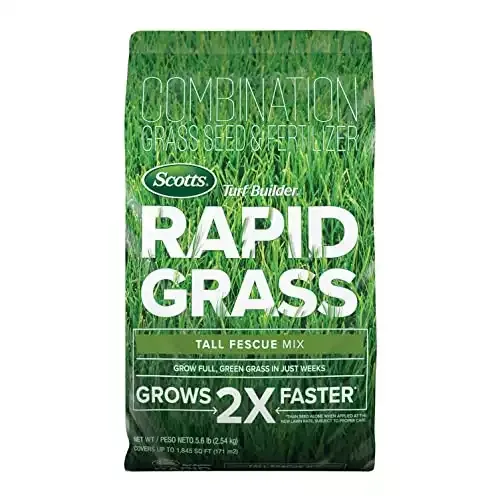
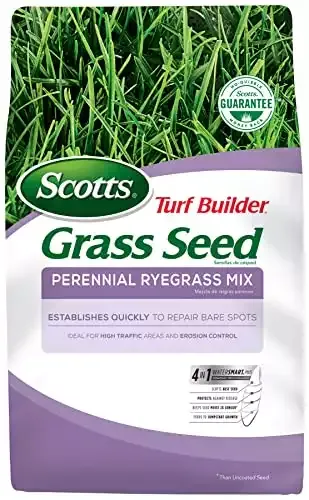
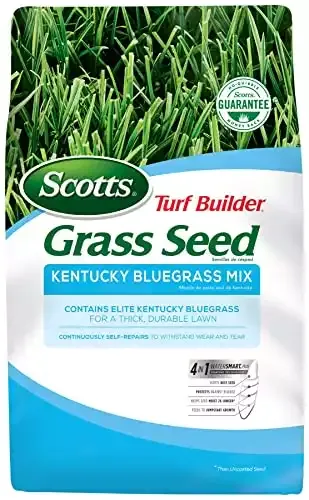
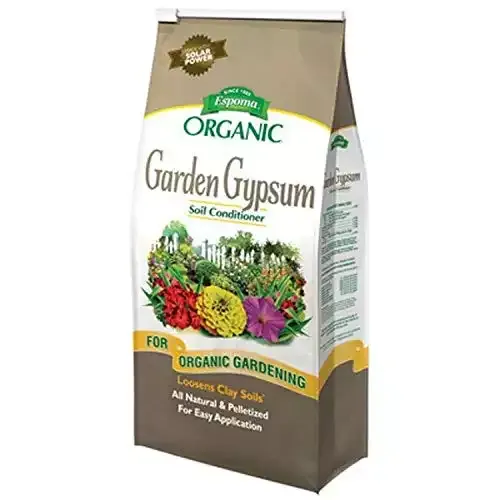
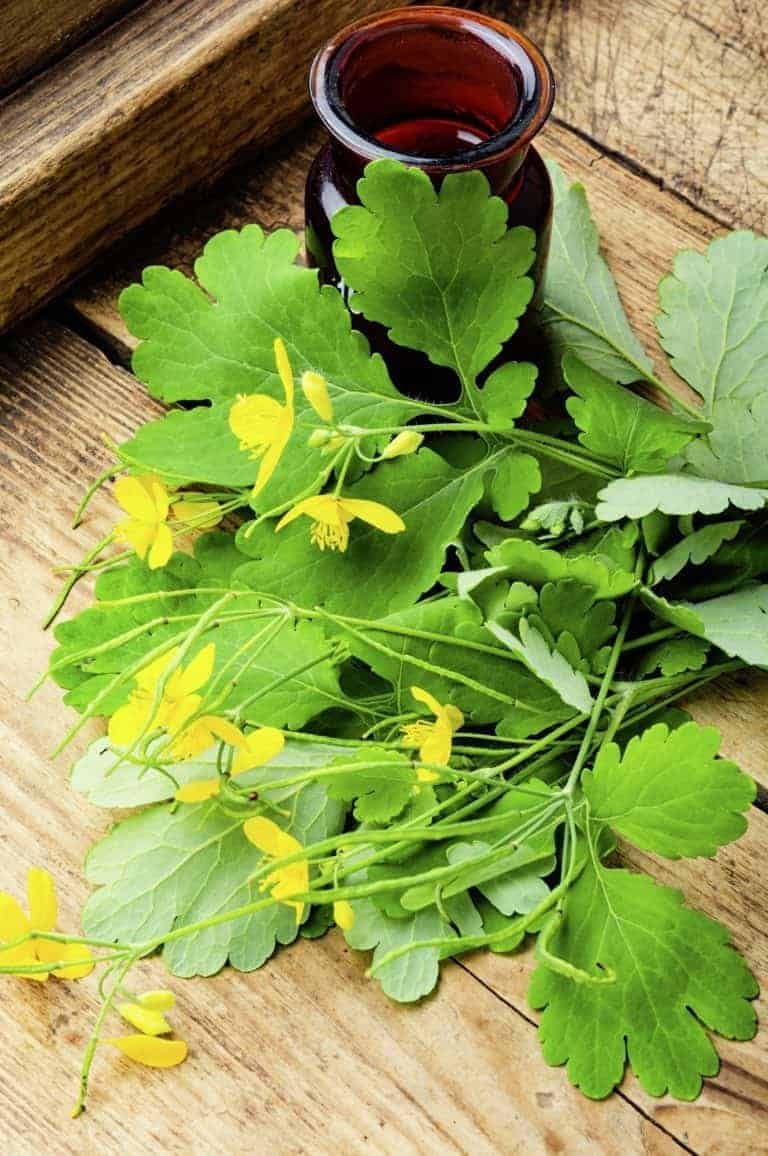
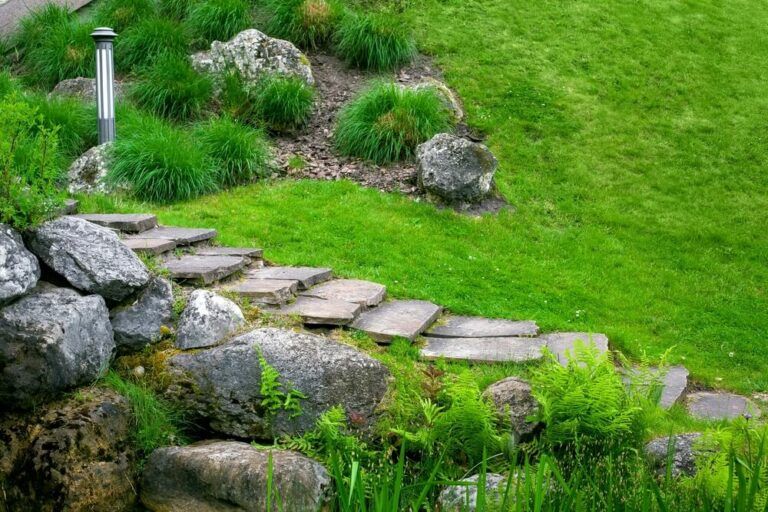
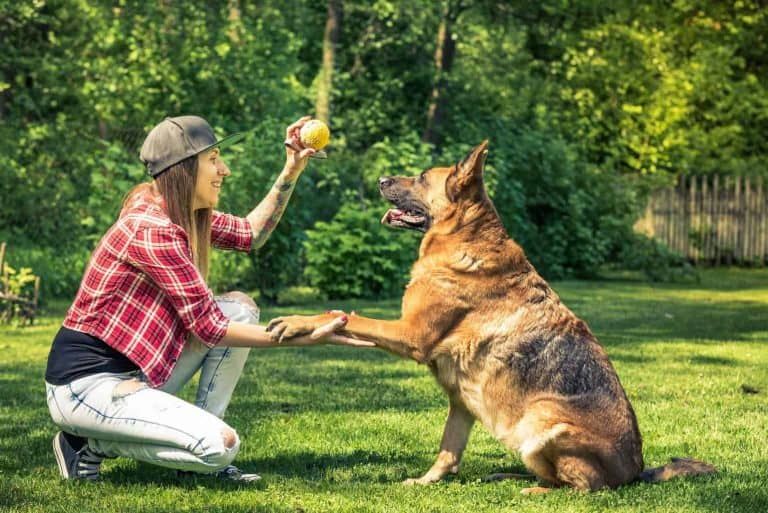
![Best Zero Turn Mower Under 3000 [Qualified Mechanic’s Review 2023]](https://69be7209.flyingcdn.com/wp-content/uploads/2020/07/zero-turn-mower-buying-guide-768x511.png)
